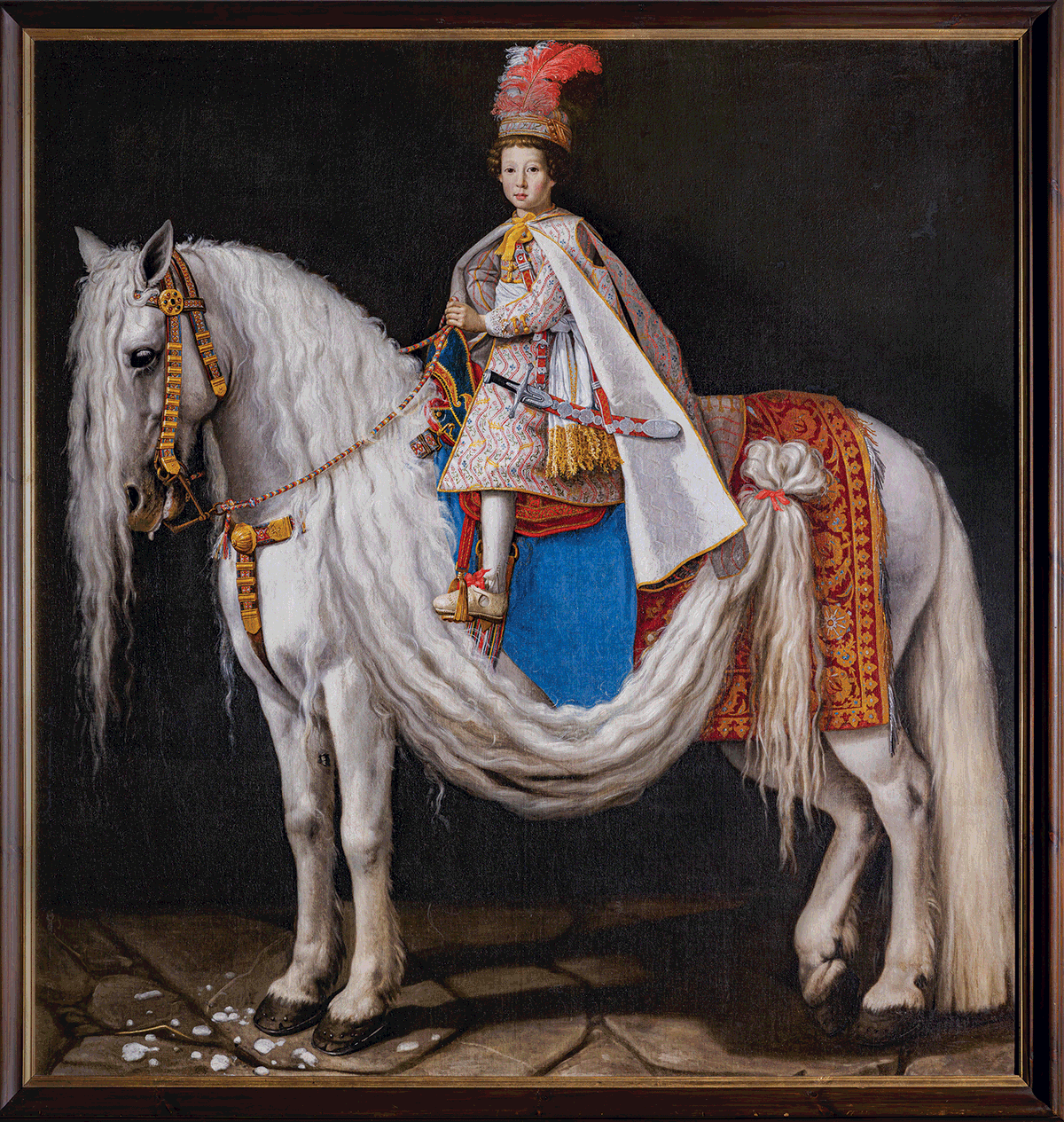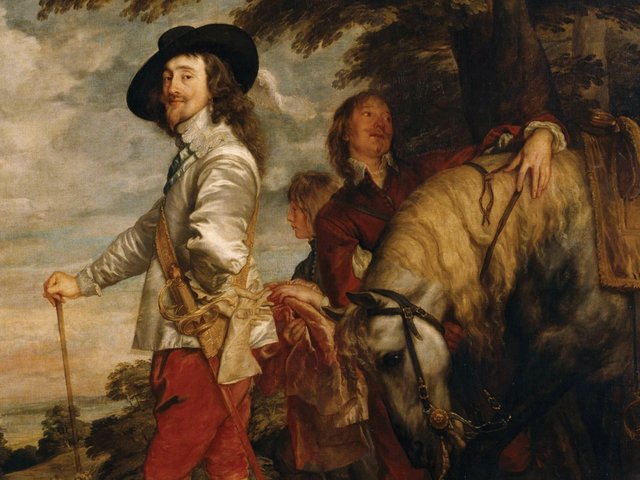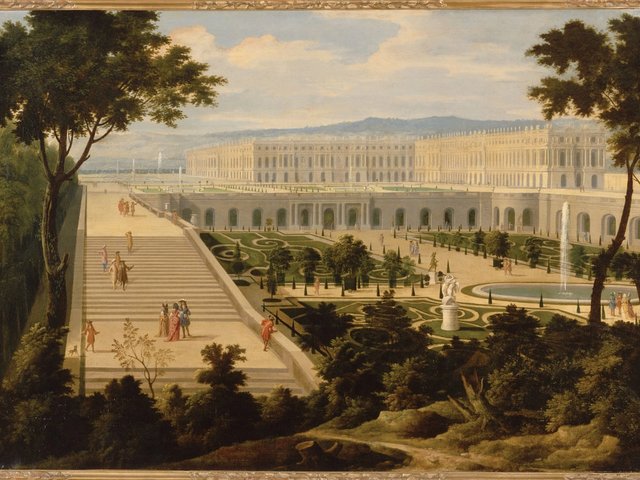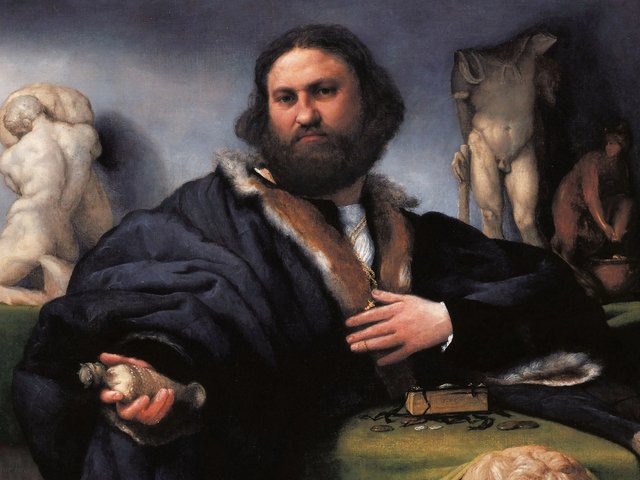In its 18th-century heyday, horses were as much a part of life at the Palace of Versailles as the gilding and the gossip. This summer, they are set to return en masse, as the complex’s elegant park hosts the equestrian events of the 2024 Summer Olympics. Meanwhile, back at the palace proper, depictions of horses will take up residence in a mammoth show about the role of the horse in the history of Western art. With a checklist closing in on 300, Horse in Majesty: At the Heart of a Civilisation draws on loans from many of the world’s great museums.
The Metropolitan Museum of Art in New York is sending over prime examples of armour—both human and equine—and a rare work on paper by Andrea del Verrocchio, Leonardo da Vinci’s master, Measured Drawing of a Horse Facing Left (around 1480-88), detailing the animal’s ideal proportions. Remarkably, the curators will pair it with one of Leonardo’s own equine studies, A Horse with Lines of Proportion (around 1480), on loan from the UK’s Royal Collection. King Charles III is also sending Edwin Landseer’s equestrian portrait of Queen Victoria in mourning. And, yes, that is John Brown, her Highland Fancy, attending to her pony, Flora.
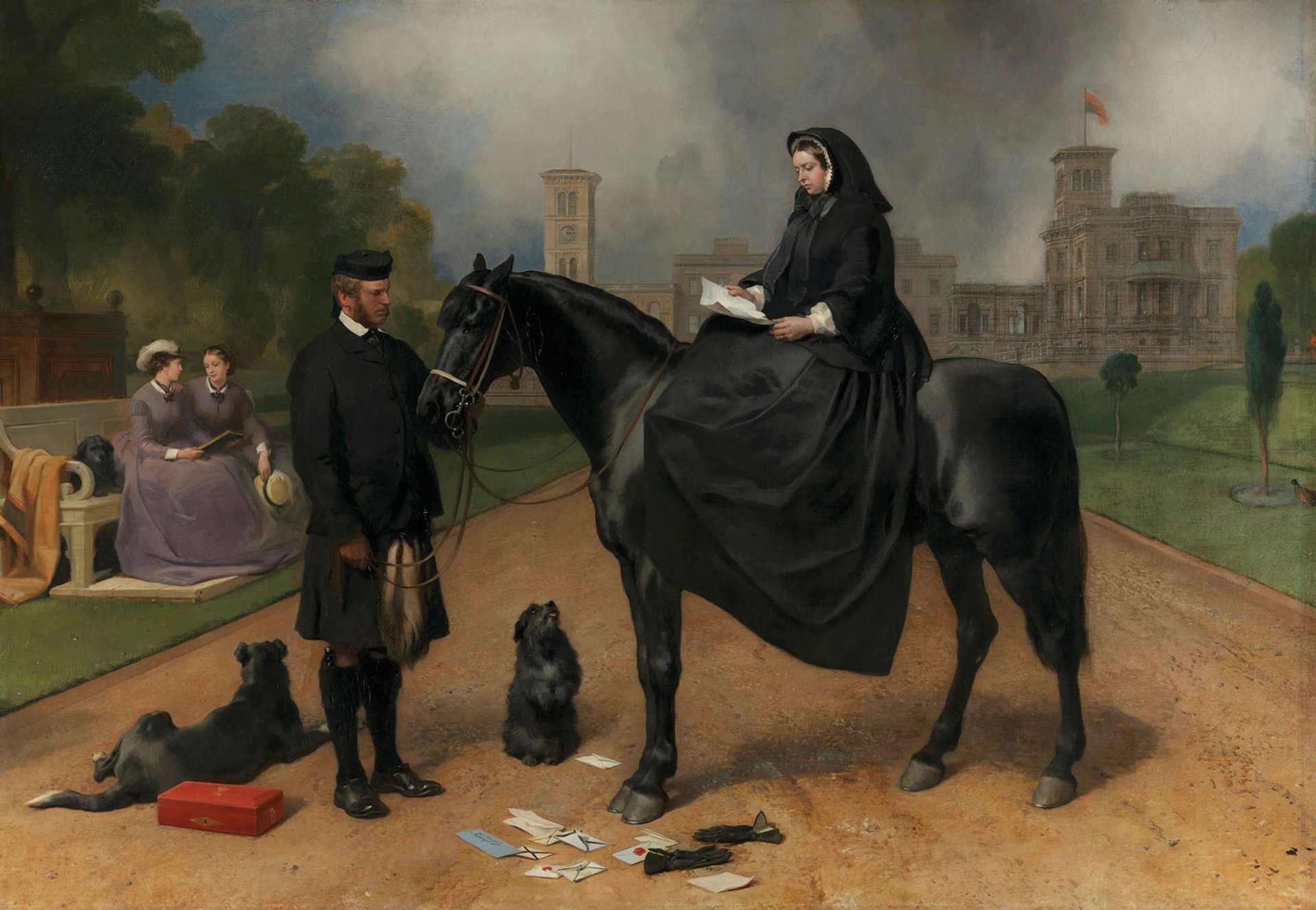
Queen Victoria at Osborne (1865-67) by Edwin Landseer © His Majesty King Charles III 2024
The Museo Nacional del Prado in Madrid is contributing a late equestrian portrait by Peter Paul Rubens, Cardinal-Infante Ferdinand of Austria at the Battle of Nördlingen (1634-35), commemorating the Imperial-Spanish victory over Protestant Swedish and German forces. Newly installed after the battle as Governor of the potentially wayward Spanish Netherlands, Ferdinand, his Habsburg profile in repose, is shown serenely mastering his anxious horse. And the Musée du Louvre is contributing what may be the single most poignant depiction of the animal put on canvas, White Horse Head (1814-15) by the French Romantic painter Théodore Géricault, known for his clear-eyed depictions of mentally ill people and soulful representations of animals.
Horse in Majesty had already been in the works for many years, says Laurent Salomé, the director of the Palace of Versailles and co-curator of the exhibition. But preparations sped up a few years ago after it was decided that the park would become an official Olympic venue. “This is quite unusual for us,” Salomé says, alluding to both the time of year (the palace usually holds its major shows anytime but the summer), and the distribution of the works throughout the cavernous palace. Look for Eugène Delacroix downstairs in the Apartment of the Dauphine, and Charles Le Brun, Louis XIV’s favourite, upstairs in the Crimea Room.
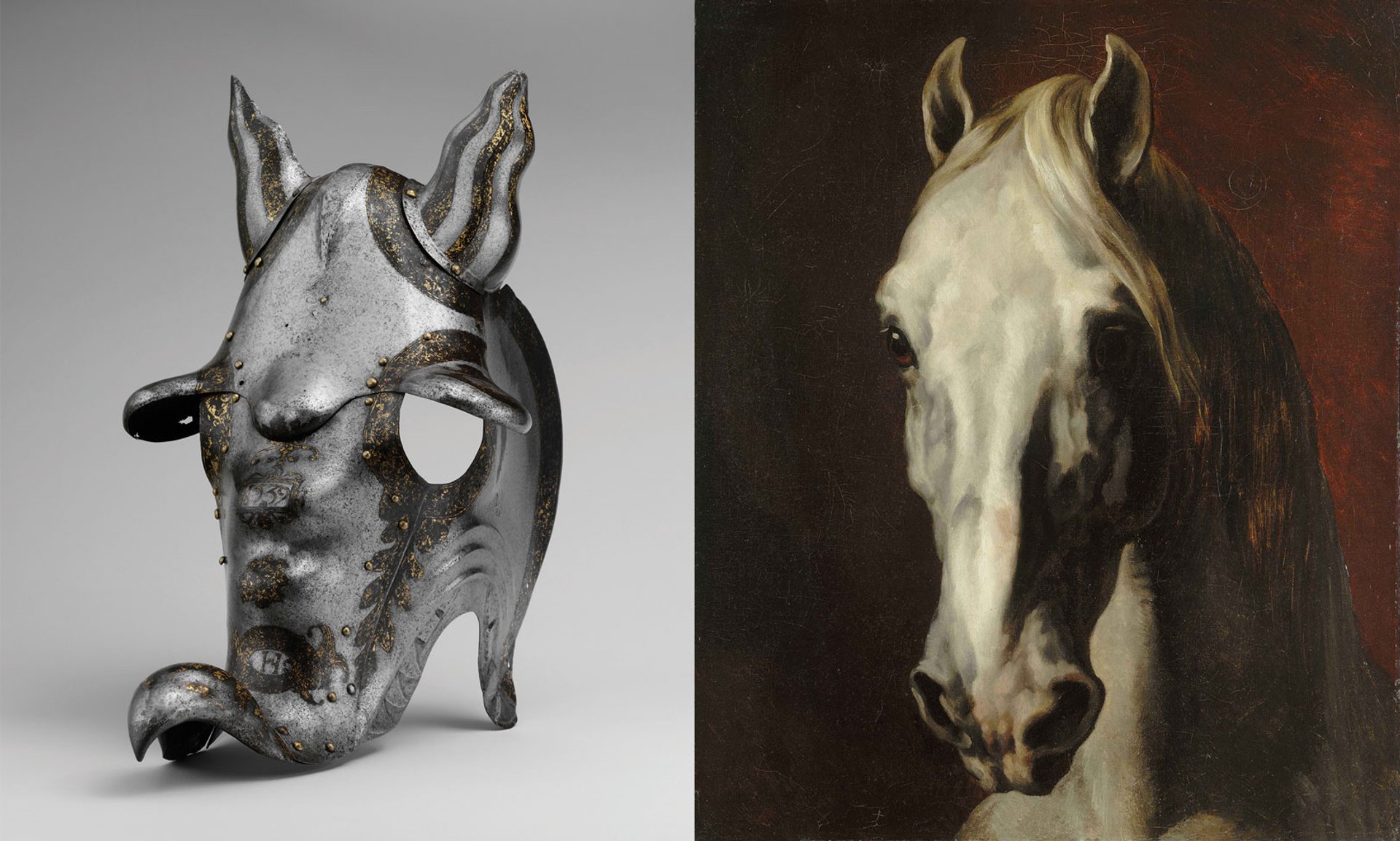
A shaffron, or horse head guard, (left) and (right) Géricault Théodore’s White Horse Head (1814-15)
© Metropolitan Museum of Art, Dist. Grand Palais Rmn / image of the MMA. Photo: Thierry Le Mage/RMN-GP
Humans have been depicting horses for thousands of years, and the curators had to draw lines, Salomé says. They decided to limit themselves to Europe and then scale back the timeline, starting with the Renaissance and then stopping with the First World War, which proved the death knell for the cavalry. Salomé regards the conflict as “the end of horse civilisation”.
With masterpieces galore, does Salomé have preferences? He is fond of the Met’s “strong and mysterious” shaffrons, or armour for horse heads; the ghoulish, mask-like objects could now pass for props from a horror film. But his favourite is Equestrian Portrait of Leopoldo de’ Medici (around 1624-25) by the Florence-based Flemish painter Justus Sustermans, on loan from the Czech Republic. The apparently enormous horse, which is richly decorated with tufts of its overgrown mane, seems to be indulging the baffled-looking Leopoldo, a doll-like child of about seven.
• Horse in Majesty: At the Heart of a Civilisation, Palace of Versailles, 2 July-3 November


